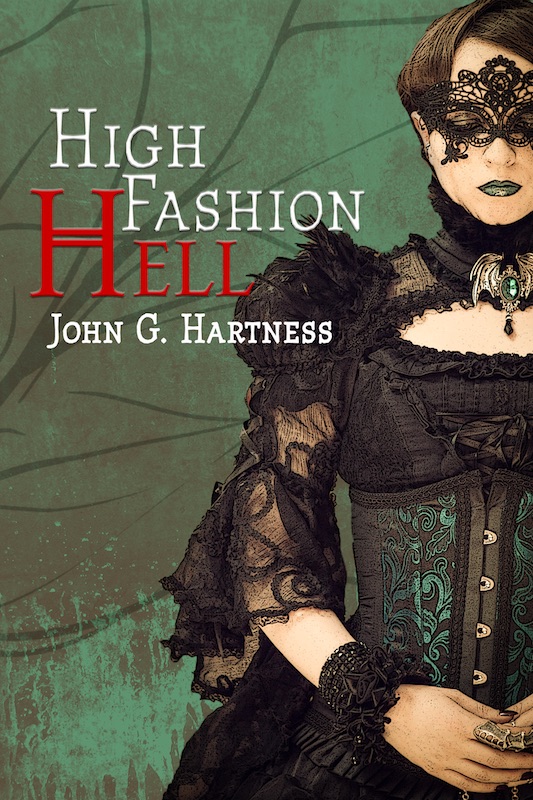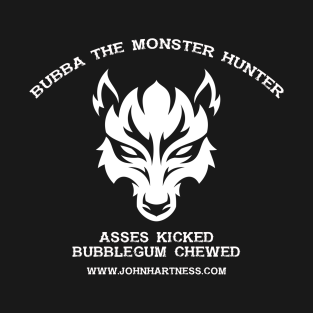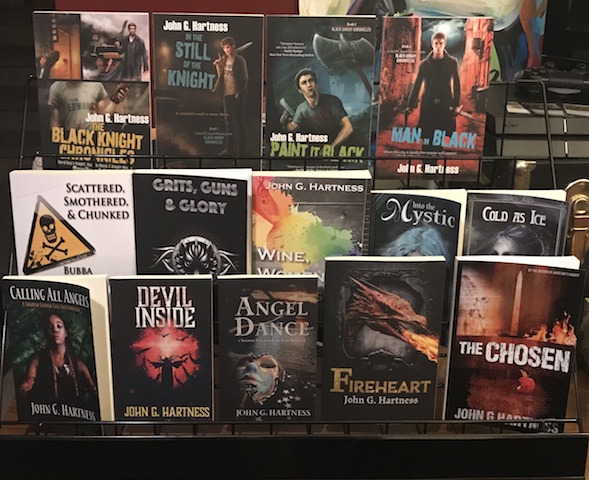As I’ve gotten back into playing Magic:The Gathering, it’s given me a way back to blogging, but I realize that not everyone who reads my blog plays Magic. Or has any idea about how to play Magic. And when my friend T was trying to learn the game, she wanted to know what book she could buy that would teach her how to play, and how to build decks, and all that jazz. That’s when I realized that there really isn’t a good beginner’s guide to Magic right now. So I figured I’d write one.
You know, along with all my other projects.
But I also thought that if I did it as a series of blog posts first, that would allow me to kill multiple birds with one stone. I get to write the Magic book I want to see available. I get my blog back on track and it becomes a place for people to find out more about me and my writing. And I get to do it in small enough snippets to fit it in between the other projects I’m working on.
So here’s the beginning. This is Part 1, the general concepts.
You are a Planeswalker. This is the intro to Magic:The Gathering. Four little words, that started a bajillion-dollar business. You are a Planeswalker. Right there in that sentence is a lot of information, and a lot of mystery. It tells you that you’re going to go somewhere outside yourself, you’re going to have an element of roleplaying in the game, and that there will be something new and exciting involved. Planeswalker – what the hell is that, anyway? Well, we’ll get there.
At its heart, Magic (or MTG) is a collectible card game. Two or more players (but for the purposes of most examples here, two) take on the role of wizards trying to destroy their opponents. Both players start with a predetermined life total, and they can win the game either by reducing their opponent’s life total to zero or by forcing them draw a card when they are out of cards to draw. That’s most of it. There are a few alternate win conditions that are dependent on cards, but those are the most common paths to victory.
As with life, there are plenty of examples in MTG that contradict the basic rules. There are advanced cards that literally change the win conditions of the game, but they are few and far between. What I’m going to try to do is present the normal circumstances of the game, and you keep hold of the basic understanding that if there’s a card on the table that says that the normal rules are suspended for a time, that card applies. For example, some cards say that if you have X amount of life (where X is typically greater than your starting life total) you win. If that card is in play, you have a third path to victory. But those are outliers and we won’t spend too much time on them.
So you have a deck of cards, and you have a friend with a deck. Those two things are all you really need to play Magic. Cards and a friend. And frankly, if you’re short on one and have plenty of the other, there are local game stores to help you acquire whichever one you’re lacking.
So sit down with your friend and your deck, and you’re ready to play. You each start with 20 life. Your job is to bash your opponent to zero while not allowing your opponent to bash you to zero. You do this by casting spells. And you cast spells by using something called mana.
Mana is the energy of the world around you. The elemental forces, if you will. There are five different colors of mana, each representative of a different style of magic. Over time, you’ll determine what type of magic best suits your personality and play style, and you will naturally gravitate toward those types of decks. Each color has a personality, and types of creatures that go along with it.
The five colors of mana are Black, Blue, Green, Red, and White.
Black is the color of death, disease and things that go bump in the night. Creatures like zombies, vampires, ghouls, ghosts and demons are typically black. Black spells frequently use your life total as a resource. You may spend life to draw cards, summon creatures, deal damage, etc. Black has a lot of spells that take life from your opponent and give it to you. Black also has spells of disruption, that take cards out of an opponent’s hand or destroy the creatures that they have out on the table. I play a lot of black decks, because I write horror novels. What do you expect me to play, decks full of sunshine and unicorns?
Blue is the color of rational thought and control. Blue is also the color of the sea and sky , so lots of fish, merfolk, birds and flying creatures. Blue has long been considered one of the most powerful colors in MTG, partly because it features lots of spells that let players draw extra cards. Having more cards than your opponents is a huge advantage in game play, so it’s never something that should be overlooked. Blue is also very disruptive, because it has counter-magic. Basically spells that just say “NO” to anything your opponent wants to do. I like to play blue because I like to be in control, but it’s sometimes considered an “un-fun” color.
We’ll get to the other three colors next time, because I want to keep these under 1,000 words and I babbled too much in the beginning. Anyway, I’ll try to do at least one of these Magic intro posts each week, and maybe by the end of the year I’ll have the guide written. If anybody has any hookups at WOTC, I need to know who can give me permission to use their trademarks like mana symbols in illustrations.






